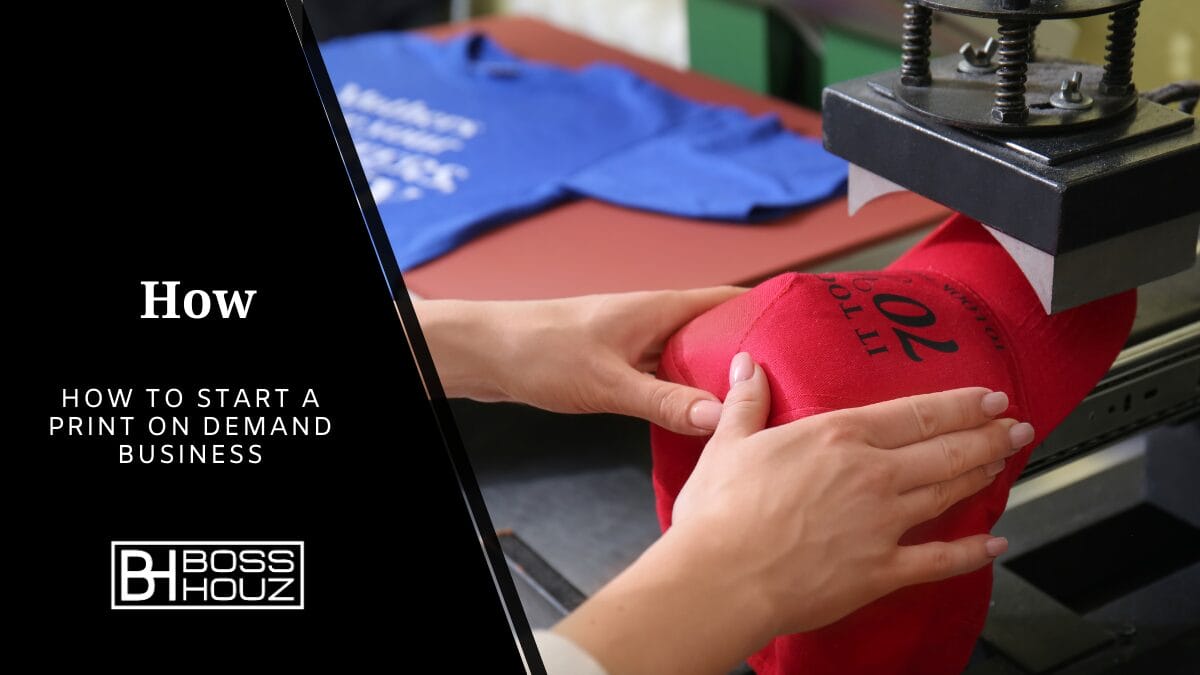Print-on-demand (POD) offers an exciting opportunity for entrepreneurs in 2024. By leveraging web-to-print technology, online storefronts, and on-demand manufacturing, savvy business owners can create, market, and sell customized products without needing to stock inventory or handle logistics.
I started my first Print on Demand business nearly 8 years ago, and it gave me so much more insight on how to develop a brand, and tap into some great suppliers. I’ll break down some key elements I learned, and how you can apply them yourselves.
The on-demand nature of POD makes it possible to test ideas quickly, adapt to trends, and scale up designs that resonate with target customers. With strategic planning and execution, practically anyone can launch and grow a successful POD business. This guide covers everything you need to know, from evaluating the POD model to expanding your reach after launch.
Table of Contents
Understanding Print-on-Demand
Before diving into the specifics of launching a POD startup, it’s important to understand precisely how this retail model works and what sets it apart.


What is Print-on-Demand?
Print-on-demand eliminates the risk and overhead typical of traditional manufacturing. Instead of printing batch orders of products upfront to stock inventory, POD allows printing one-off items as customer orders roll in.
This means that as a POD business owner, you can:
- Upload designs for mugs, t-shirts, phone cases etc. to an online catalog
- Take orders as customers discover and buy your products
- Have the items printed on-demand by a partner company
- Who also handles shipping directly to the customers
It’s a service-based ecommerce model that lets entrepreneurs focus on design and marketing rather than manufacturing logistics.
POD vs Traditional Retail: Key Differences
| Print-on-Demand | Traditional Retail |
| Zero inventory costs | Significant upfront inventory investment |
| Items made to order | Batch printing regardless of demand |
| Unlimited design variety | Limited SKUs based on inventory |
| Handled logistics | Manual order fulfillment |
| Lower financial risk | Higher financial risk |
POD eliminates the burden of forecasting demand, heavy startup costs, and warehousing overhead. The main focus is great designs, marketing to drive discovery, and delivering exceptional service.
Advantages of Starting a POD Business


Low Startup Costs
Launching a POD business typically requires less than $100 investment. All you need is a laptop and internet access. There’s no expensive printing equipment to buy or warehouse space to rent.
No Inventory Management
Forget forecasting demand, tying up capital into unsold inventory, or managing a warehouse. The POD supplier handles all the manufacturing, storage, and shipping once an order is placed.
Unlimited Design Options
POD empowers entrepreneurs to experiment with countless designs without restrictions. Add new products, colors, styles with zero risk. If a particular product isn’t selling, simply tweak the design or discard it.
Potential Challenges of POD
Of course, POD isn’t without its challenges. Being well-prepared is key to success.
Competitive Market Landscape
Online marketplaces like Etsy and Redbubble have made POD more accessible. This leads to more competition between independent creators all vying for customer attention.
Reliance on Third-Party Suppliers
As a POD business owner, you must rely fully on external companies for manufacturing and order fulfillment. Any issues with print quality or shipping can negatively impact customers.
Quality Control and Customer Experience
With limited control over production and logistics, customer satisfaction depends greatly on the supplier’s performance. Any mistakes can hurt your brand reputation and trust.
Planning Your POD Business
Careful planning in the startup phase lays a strong foundation for managing future complexities as your business grows.
Finding Your Niche Market
In a crowded POD marketplace, a highly specific niche is key to stand out. Consider your interests and passions. Research the market demand. Identify underserved customer segments aligned with your strengths.
Analyzing winning products on POD marketplaces also provides insight into trends and profitable niches. Spend time exploring best-sellers and reading customer reviews to understand consumer needs.
Tools like Google Trends, Keyword Planner, and SEMrush help quantify search volume and demand for related products. Remember to keep an eye out for rising trends.
Crafting Your Brand Identity
A memorable brand identity attracts the right audience and builds loyalty.
Choosing a Business Name
Brainstorm fun, catchy names that capture your personality. Check availability as a web domain along with social media handles. Some tips:
- Align with your niche – For example, a brand called “Colorful Canines” sells pet apparel
- Emphasize benefits – Like “Snuggly Hugs” focusing on comfort
- Keep it short and simple for recall
Developing Visual Brand Assets
- Logo: Have a designer create a timeless logo reflecting your brand personality
- Color palette: Limit to 2-3 colors for visual cohesion
- Fonts: Stick to 1-2 fonts consistently across branding assets
Crafting Your Brand Story
Share your origin story and vision to foster an emotional connection with the audience. Highlight your niche, values and purpose beyond profits.
Be authentic and add a human touch when possible. Customers resonate with real people and stories over faceless corporations.
Legal Business Structure
Choosing the right business structure is important for purposes of taxation, legal liability, and scalability.
Business Registration
Look up options like Sole Proprietorship, Partnership, LLC or Corporation depending on your situation. Register your business accordingly.
Accounting and Tax Considerations
Consult an accountant to ensure tax compliance. You may need to charge sales tax in states you ship to.
Intellectual Property Protection
POD products are at risk of copied designs. Consider a trademark for your brand name and custom logo. For extra protection, you can copyright best-selling designs.
Setting Up Your POD Storefront
An online storefront allows customers to purchase your products anytime from anywhere.
Choosing an Ecommerce Platform
Shopify, Wix, and Squarespace make setting up websites easy without coding skills. These platforms directly integrate with various POD suppliers for seamless order routing.
Etsy, Redbubble and Society6 are marketplaces with built-in traffic offering instant access to buyers. However, their platform fees can eat into profits.
We’ve done up a detailed chart below so you can get some ideas of the basic level comparisons:
| Platform | Costs | Pros | Cons | Biggest Advantage |
| Shopify | Monthly plans starting from $29. Additional fees for apps, themes, and payment processing. | Highly customizable, integrates with numerous POD suppliers, robust e-commerce tools. | Monthly fees can add up, especially with added apps and themes. | Seamless integration with a wide range of POD suppliers. |
| Wix | Free plan available; premium plans start from $14/month. E-commerce plans start at $23/month. | Easy to use, drag-and-drop website builder. Good for beginners. | Free plan is limited and not suitable for e-commerce. E-commerce plans can be pricey for high-volume sellers. | User-friendly platform ideal for those without technical skills. |
| Squarespace | Starts at $12/month for personal use, $18/month for business plans, and e-commerce plans start at $26/month. | Beautiful design templates, good for visually-oriented products. Integrated e-commerce tools. | Limited third-party integrations compared to Shopify. E-commerce features are available only on higher-tier plans. | High-quality, visually appealing templates perfect for showcasing designs. |
| Etsy | Listing fee of $0.20 per item, 5% transaction fee, and 3% + $0.25 payment processing fee. | Built-in customer base, easy to set up, community support. | High competition, fees can add up, less control over branding. | Access to a large, established customer base interested in unique and handmade items. |
| Redbubble | No upfront costs; you set your profit margin above the base price. | Access to a wide audience, no inventory needed, user-friendly. | Less control over product presentation, competitive market. | Platform handles production and shipping, allowing you to focus on design. |
| Society6 | No upfront costs; earnings are based on a set royalty rate for each product sold. | Wide range of products to design for, handles production and shipping. | Royalty rates are fixed, less control over pricing and branding. | Broad product range offering diversification in what you can design and sell. |
Designing Compelling Products
Great design is crucial for POD products to get noticed by buyers flooded with choices.
What Products Should You Offer?
Analyze marketplaces to identify top-selling items in your niche. One piece of advice I will give though, don’t mess with T-shirts. The margins suck, and it’s so saturated. You’re chance of success, based on ad costs, and possible ROI is shit with tees. Instead, look at things like hoodies, unique products, and customized items that attract broad demand.
Creating Eye-catching Graphics
Explore trends on design inspiration platforms like Pinterest. Shop competitor best-sellers for ideas but aim for original designs. Leverage user-friendly graphic design software like Canva for non-designers.
Photorealistic Mockups
Display your designs on mockups of real products. This helps customers visualize the end result. Use mockup generators like PlaceIt.net.
Launching Your Online Store
Optimize Product Listings
Write compelling titles and descriptions for each product, highlighting benefits and design details. This convinces shoppers to buy your version over competitors.
Prominently Feature Best-Sellers
Identify your most popular t-shirts and mugs. Showcase these in the top slots of your product catalog to boost visibility.
Set Up Payment Gateway and Shipping
Integrate payment systems like Stripe or PayPal for a seamless checkout process. Partner with a shipping carrier to deliver orders to customers worldwide.
Operating Your POD Business
Running a POD business involves more than just designing products and fulfilling orders. You need strategies for production, marketing, order processing, and customer service.
Partnering With Print-on-Demand Suppliers
Choosing the right production partners is critical for quality and reliability.
Comparing POD Supplier Options
Research capabilities, product selection, print quality, turnaround times and overall reliability. Popular picks are Printify, Printful, Gearbubble, Subliminator, and Zazzle.
| Supplier | Capabilities | Product Selection | Print Quality | Turnaround Times | Reliability | Biggest Advantage |
| Printify | Wide range of integration options with major e-commerce platforms. | Extensive, including apparel, accessories, home decor, and more. | Generally high, with some variability depending on the print provider. | 2-7 days for printing + shipping time, which varies by location. | Generally reliable, with some variations depending on the chosen print provider. | Wide product selection and the ability to choose between multiple print providers for best price or quality. |
| Printful | Comprehensive in-house production and fulfillment. High level of integration with e-commerce platforms. | Broad, including eco-friendly options, apparel, accessories, and home & living products. | High, benefits from in-house control over production processes. | 2-5 days for printing, shipping varies by method and location. Expedited options available. | High, with a strong reputation for quality and customer service. | High-quality print and a wide range of eco-friendly products. Excellent integration capabilities. |
| Gearbubble | Focuses on integration with e-commerce platforms and offers dropshipping. | More limited compared to others, focusing on mugs, jewelry, apparel, and some home goods. | Good, with a focus on specialty items like engraved jewelry. | 3-5 days for printing, shipping time varies. | Generally reliable, with a specific focus on niche products. | Strong in niche products with personalization options, such as engraved jewelry. |
| Subliminator | Specializes in sublimation products with an emphasis on apparel. | Focused primarily on apparel that’s suitable for sublimation printing. | Very high, especially for all-over print products and vibrant colors. | 5-10 days for production, shipping time varies by location. | Good, especially noted for their quality in sublimation printing. | Specialization in high-quality sublimation printing for vibrant and full-coverage designs. |
| Zazzle | Wide product range with a focus on customization by the user. | Very extensive, including office supplies, clothing, accessories, and more. | Good to high, depending on the product. Offers a quality guarantee. | Standard (4-7 days), Expedited (2-3 days), and Express (1 day) options available. | High, with a focus on customer satisfaction and a quality guarantee. | Exceptional range of products with the ability for customers to customize designs directly on the platform. |
Integrating Order Management
Select a supplier that seamlessly connects with your online storefront. Automated order routing saves tons of operational overhead.
Building Lasting Partnerships
Transparency and communication are vital. Clarify processes for artwork requirements, production timelines, quality checks before shipment etc. to align expectations.
Marketing Your Products
POD offers limitless options for small-batch experiments but finding buyers is vital to scale up hit designs.
Crafting a Marketing Strategy
Consider your niche customers’ media consumption patterns. What social platforms or blogs do they frequent? The strategy should cover:
- Content creation plan including blogs, videos etc.
- Online ads to increase product discoverability
- Retargeting past customers via emails and social media
Leveraging Social Media
Organically grow your audience on niche communities on Facebook, TikTok and Instagram. Post eye-catching lifestyle imagery of your designs. Engage followers and drive them to your online store.
Search and Email Marketing
Target interested buyers via paid ads on Google and Facebook. Retarget website visitors with special offers or new arrivals to nudge them back. Send regular emails to subscribers announcing flash sales or limited edition products.
Managing Operational Processes
Streamlining order fulfillment and providing stellar customer support should be top priorities for POD owners.
Order Processing Workflows
Ensure seamless flows between order placement, production partners, and shipping carriers. Automate notifications with order status updates to customers.
Exception Handling
Set up protocols for print defects, shipping delays etc. Empower staff to make situational decisions like express shipping replacement items if something goes wrong.
Customer Service Standards
Commit to timely responses and transparency even if relying on third-party suppliers. Guide customers through resolving their problems. Follow up until issues are completely resolved.
Scaling Your POD Business


The flexibility of print-on-demand empowers generating profits from thousands of design ideas. Scale up by doubling down on winners.
Analyzing Performance
Continuously track detailed data to optimize your POD business.
Key Metrics to Track
- Daily/monthly store site traffic
- Top converting product variants
- Highest traffic sources
- Marketing campaign ROI
- Sales by geography
Business Intelligence for Informed Decisions
Use data to guide your growth strategy. Which product should you expand into more colors and sizes? Which traffic source should you pour more budget into?
Diversifying Your Product Catalog
Leverage best-selling items in your current niche as a launchpad to expand into adjacent spaces with untapped demand.
Expanding Your Niche Vertically
If phone cases with cute pet prints are gaining traction, explore adding other pet-themed merch like leashes, toys, bowls etc.
Testing New Niches
Analyze market gaps aligned with your brand identity. For instance, a “Dog Mom” brand could potentially expand into products for cat owners.
Growing Your Customer Base
POD allows limitless customization even for small batches. Sustain growth by converting new demographics.
Entering New Geographical Markets
Localize catalog content and currencies to attract international buyers. Consider a physical warehousing/shipping presence to reduce cross-border friction.
Partnerships with Influencers
Gifted products and affiliate programs incentivize influencers to promote your products to their niche following.
Even for established brands, the POD model enables collaborations at scale with minimal risk. The sky’s the limit for an enterprising entrepreneur.
Wrapping Up: The Future of Print-on-Demand Businesses
As technology continues advancing, it’s easier than ever for independent creators to leverage on-demand printing and ecommerce platforms to build global POD brands.
However, competition also intensifies each year. Standing out relies heavily on honing a clear niche focus and delivering a top-notch customer experience.
The most successful POD businesses obsess over each touchpoint’s quality – from compelling designs to reliable shipping and proactive customer support. Operational excellence ensures customers return and direct others to your brand.
Meanwhile, keep exploring adjacent markets, collaborating with aligned creators, and staying on top of consumer trends.
With strategic thinking and consistent effort, practically anyone can create a lucrative POD business that grows more profitable each year. The potential is truly limitless for those bold enough to start!
Additional Resources








